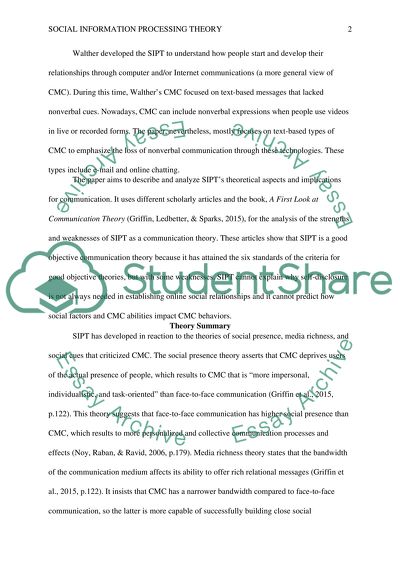Cite this document
(“Walthers Social Information Processing Theory (SIPT) Essay”, n.d.)
Walthers Social Information Processing Theory (SIPT) Essay. Retrieved from https://studentshare.org/journalism-communication/1701363-walthers-social-information-processing-theory-sipt
Walthers Social Information Processing Theory (SIPT) Essay. Retrieved from https://studentshare.org/journalism-communication/1701363-walthers-social-information-processing-theory-sipt
(Walthers Social Information Processing Theory (SIPT) Essay)
Walthers Social Information Processing Theory (SIPT) Essay. https://studentshare.org/journalism-communication/1701363-walthers-social-information-processing-theory-sipt.
Walthers Social Information Processing Theory (SIPT) Essay. https://studentshare.org/journalism-communication/1701363-walthers-social-information-processing-theory-sipt.
“Walthers Social Information Processing Theory (SIPT) Essay”, n.d. https://studentshare.org/journalism-communication/1701363-walthers-social-information-processing-theory-sipt.


